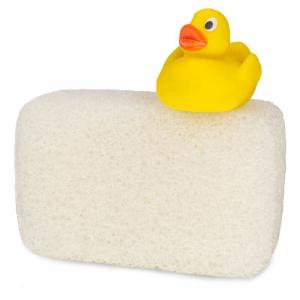Goose damselfly (Argentina anserina)
Other names: goosefoot, goosefoot, duck, ducklings, ladder, goosefoot soap, yellowhammer, silverspot, duckweed, silk moth, Potentilla anserina
Harm score: 1 (Natural substances)
Goosefoot moss (Argentina anserina) is a perennial herb with long, articulated and creeping rhizomes that form rosettes with spoon-shaped to ovate leaves at the ends. The Latin name of this plant is Potentilla anserina, but the name goosefoot is much more widespread among humans because of its characteristic appearance. Although it is a very common plant, found on almost every corner, it is almost unknown in the public consciousness. This is a great pity, because goosefoot is a medicinal plant with many positive properties.
Because of its bitter taste, goosefoot is mainly used in medicine, but it can also be used in the kitchen. Various ointments, creams and teas are made from it. For example, goosefoot tea is recommended for indigestion, gastritis, ulcers, gingivitis and also diarrhoea. Goosefoot is also a component of some medicines that are used in the treatment of kidney and urinary tract problems. In external use, goosefoot is used to treat minor wounds, burns and eczema. Although not as common in the kitchen, you may also find it in some food supplements or as a savory ingredient in salads and sauces. In folk medicine, the young leaves of goosefoot are used as a poultice for swollen feet and joints.
Goose damselfly (Argentina anserina) can be found in the following products

Disinfectant 1 l
Product detail
Disinfectant 500 ml
Product detail
Measuring cup for dishwasher powder
Product detail
Playful bubble bath foam (300 ml) - with lavender, chamomile and white cypress
Product detail
Cognac body sponge for children - for delicate baby skin
Product detail